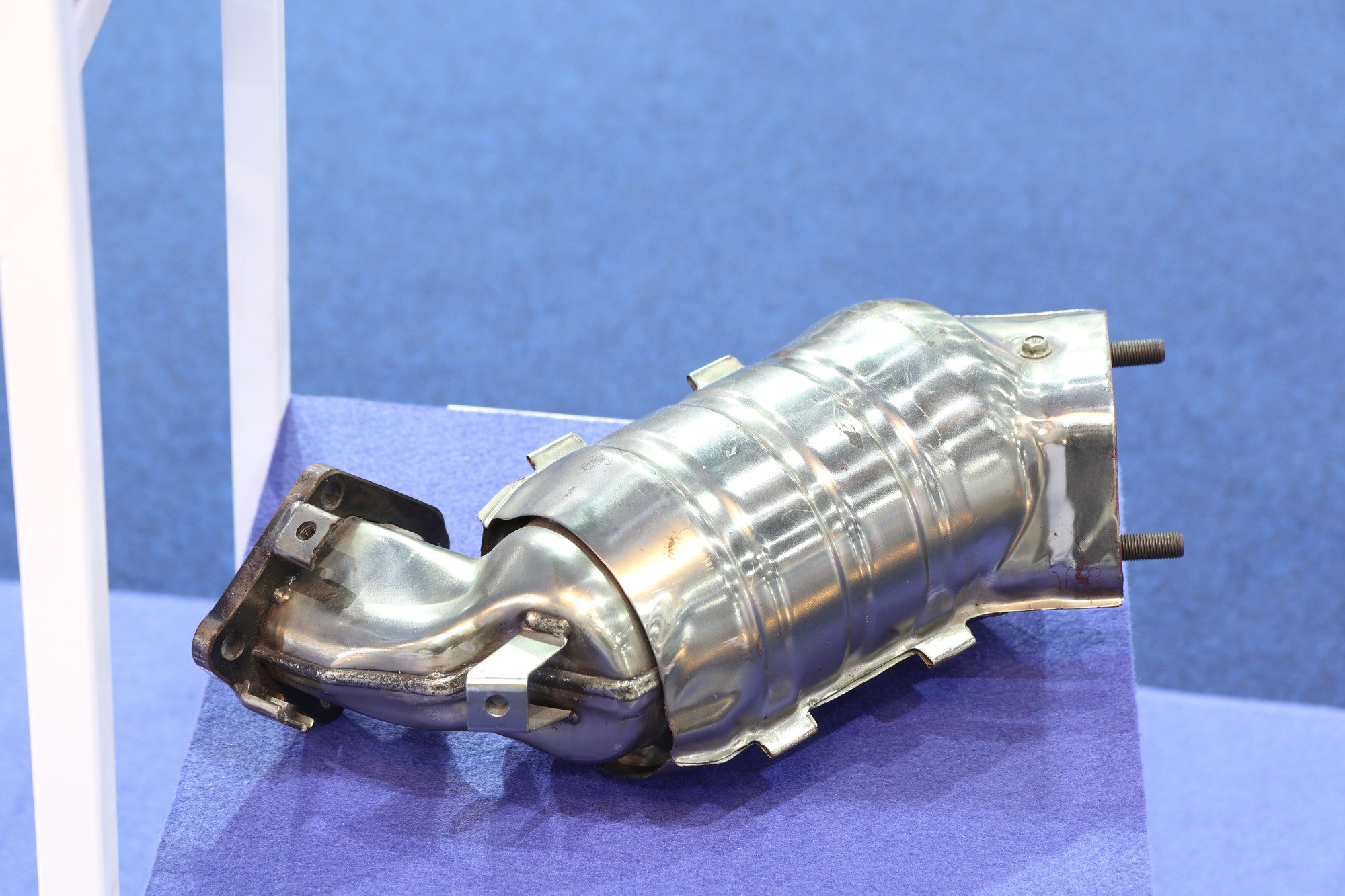
Ever wondered what goes into making a catalytic converter? Well, you’ve come to the right place!
Catalytic converters reduce harmful emissions from your vehicle. They convert toxic exhaust pollution into less-toxic substances. But with over 1,000 stolen in the USA each month for scrap metal or junkyard parts, they’re also well sought-after by criminals.
Chances are you know someone who’s had one stolen due to their black market value. So if you want to impress your friends with how they affect the cost of vehicle ownership, then keep reading!
Why Do We Need to Use Catalytic Converter Systems on Our Vehicles?
Carbon Dioxide is one of the main greenhouse gases responsible for global warming. As CO2 levels increase, so does the amount of water vapor present in the atmosphere. It also contributes to acid rain formation.
Water vapor is another major contributor to climate change. By using catalytic converters, we help prevent dangerous amounts of CO2 in the air.
As well as reducing pollution, catalytic converters improve fuel efficiency and performance. Because they convert poisonous fumes into harmless ones, we can use cleaner fuels. And we can do so without sacrificing power output.
Furthermore, catalytic converters don’t need any moving parts. That makes them much quieter than conventional systems.
What Is the Difference Between the Two Types of Converters?
There are two types of catalysts found in converters. These catalysts are known as precious metals and noble metals.
Precious and noble metals contain platinum group elements such as rhodium, palladium, iridium, and osmium.
But there are some differences between the two. For example, PGE catalysts tend to be more expensive than those made up of only noble metals.
Both types of catalysts perform in similar ways. But PGE catalysts may last longer due to their higher durability. Find out more here about the differences.
How Are These Catalytic Converters Made?
The first step in making catalytic converters is creating an aluminum honeycomb core. This material has many uses, including for automotive applications. These include heat shields, engine covers, and even aero wings.
The process begins with melting aluminum alloys together at high temperatures. After some time, these alloys become liquid metal. Once this happens, the molten alloy pours onto a mold, which cools down fast before removal.
After cooling, the resulting solidified piece will then undergo several other steps. These steps include machining and polishing to create its final shape.
The next stage involves applying a thin layer of catalyst powder. This powder sits over the surface of the honeycomb structure.
Then, a chemical reaction occurs between the catalyst particles and the gas molecules.
The particles pass through the porous walls of the honeycomb structure. In turn, this causes them to break apart into smaller components.
These small pieces of matter are “particles” because they consist of many atoms. When the particles reach the end of their journey, they exit the tailpipe via the muffler system.
Catalytic Converters Save the Environment
Now you know what goes into making a catalytic converter, you can see that they’re worth more than scrap metal value or for used car parts! They’re a vital part of making sure our combustion engines aren’t too damaging to the environment.
Now you can impress everyone with your knowledge of why they’re so valuable in so many ways!
For more advice that’ll make life less exhausting, keep reading our high-quality articles!